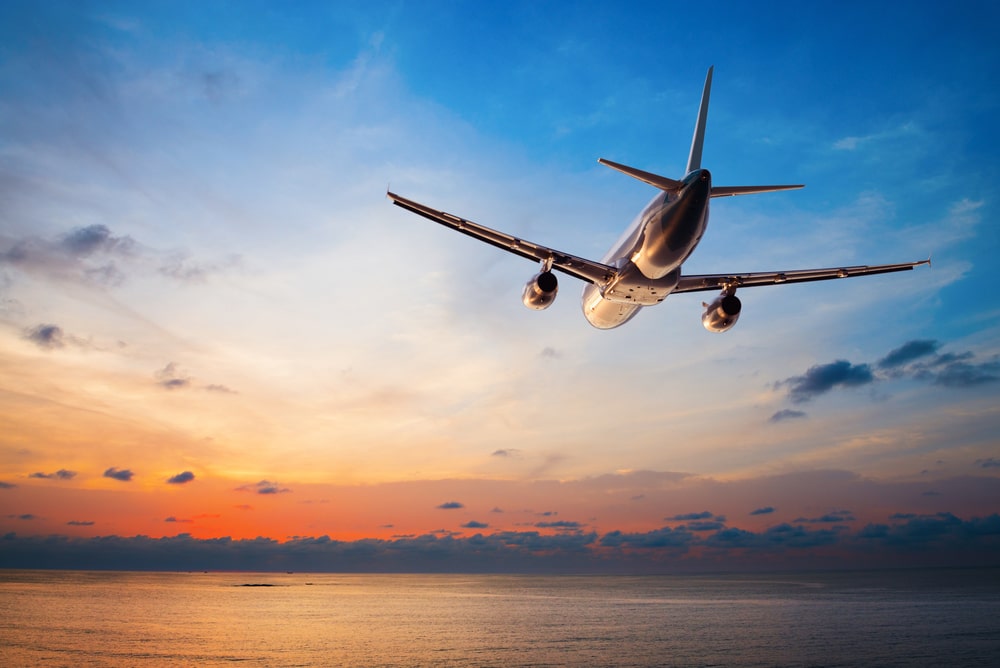
With Summer beckoning, thousands of passengers are flying off to sunnier destinations, shrugging off concerns about record levels of inflation, economic woes and geopolitical uncertainty, as airline travel spikes.
This is not a one-off bounce, but a persistent increase in air travel, with IATA forecasting passenger traffic to beat 2019 levels next year.
Analysts believe this bounce is a response to COVID-19, with passengers using up income saved during the pandemic to travel abroad. However, many passengers are finding themselves paying a higher airfare.
During the pandemic, many workers in the industry left or took early retirement, reducing staff personnel at airports. In the UK, this contributed to a summer of chaos, where passengers faced long queues at airports.
Similarly, supply chain bottlenecks impacted the maintenance and deliveries of aircraft, once again hindering airlines capacity on certain routes.
All these issues have contributed to airlines increasing their air fares this year in comparison to pre-COVID levels in 2019.
Global airfares (as of May 2023) are now 36% higher than they were in 2019, according to the Airports Council International Europe.
Popular routes such as the United States and Europe have seen substantial fare hikes. Fares from the US to Europe are now 23% higher than in 2019 according to Hopper, a US travel app. Similarly, Virgin Atlantic said that fares on its North Atlantic route are up by 35% in the same period.
Analysts have pointed out that fare increases have also been combined with reductions in certain offerings. For example, some low-cost or legacy airlines have scrapped the inclusion of a cabin bag on a basic fare, with many opting to include this as a paid add-on. Similarly, purchasing of seats is now compulsory on an airline, which for families, is another added cost at a time of economic hardship.
The storm clouds of inflation and a recession are brewing, meaning that this demand cannot be sustained for much longer.
“2023 has been something of a sweet for aviation” says Marie Owens Thomson, economist at IATA speaking to the Financial Times.
“People have incomes and that is more important than the fact that purchasing power is diminishing. I would put an end point to that when unemployment begins to rise again. That could happen towards the end of the year.”
Tracking and predicting consumer behaviour is tricky, particularly in the post-COVID environment, analysts say. Most models are based on decades of data detailing the price elasticity of demand, with a focus on understanding the connection between air fares, wider economic and propensity to travel. The underlying assumption of this model is that air fares will come down, and therefore be cheaper.
Yet, in the current environment, with air fares steadily rising, current models are inadequate.
The airline industry may be enjoying a short-term bounce, but in the longer-term, as the economic conditions deteriorate, passengers may find themselves less willing to pay more for less for their air travel.

Related Articles
Aviation
Aviation
Aviation